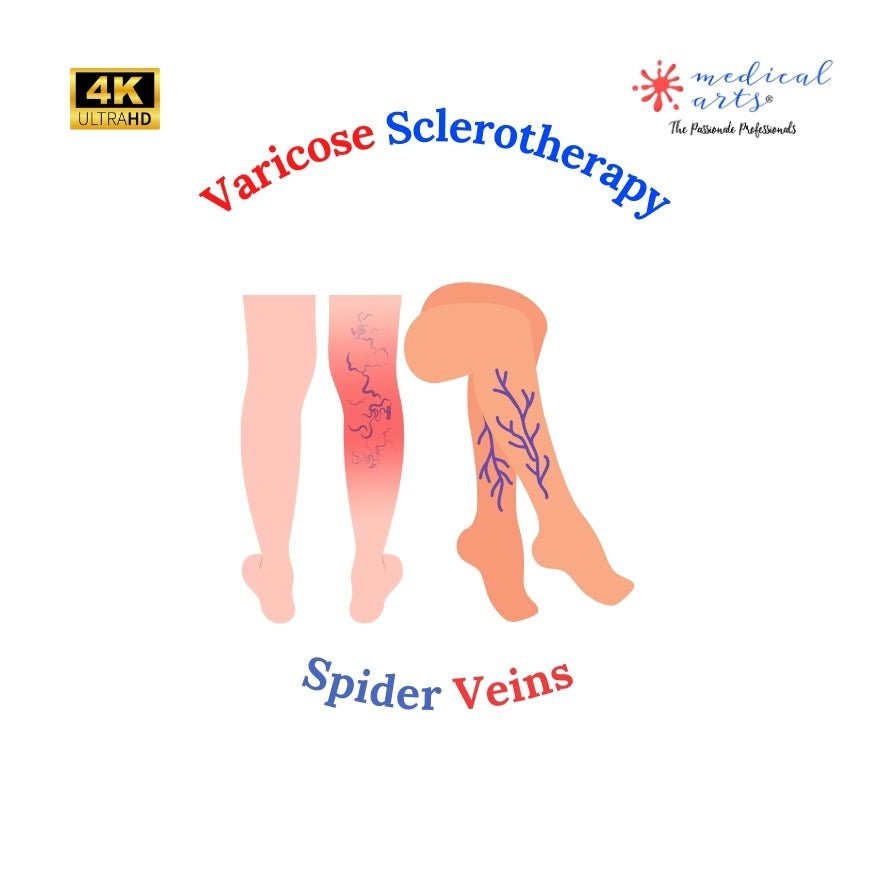Varicose and spider veins are common vascular conditions affecting millions worldwide. These conditions not only present cosmetic concerns but can also lead to discomfort, pain, and, in some cases, more severe vascular complications. Understanding your treatment options, including sclerotherapy, among others, is crucial in managing and potentially overcoming these venous issues. This comprehensive guide will delve into the causes, symptoms, and treatment options available for those suffering from varicose and spider veins.
- Global Incidence: Varicose veins affect about 30% of adults, with the prevalence varying globally.
- Gender Distribution: Women are more likely than men to develop varicose and spider veins, with up to 50% of women experiencing some form of venous disorder during their lifetime.
- Age Factor: The prevalence increases with age. While less common in younger individuals, it's estimated that over 50% of people over 50 have some form of varicose veins.

Varicose Veins are large, swollen veins that usually appear on the legs and feet. They occur when the valves in the veins do not function properly, accumulating blood and increasing venous pressure. Symptoms may include aching pain, heaviness, swelling, and skin changes.

Spider Veins, on the other hand, are smaller, red, purple, and blue vessels that also twist and turn. Spider veins are easily visible through the skin, resembling a spider web or tree branches. They are usually considered less severe than varicose veins and are more of a cosmetic concern.
Beyond Cosmetics
Varicose veins can lead to grave complications like venous ulcers or deep vein thrombosis if left untreated, underscoring the importance of seeking medical advice beyond cosmetic concerns.

What Causes These Vein Conditions?
Genetic and lifestyle factors contribute to the development of spider and varicose veins. Genetics plays a significant role, but prolonged standing, obesity, and hormonal changes can also exacerbate these conditions.
A family history of vein conditions significantly increases one's risk, highlighting the importance of early intervention and regular monitoring.
Certain professions that involve prolonged periods of standing or sitting are at a higher risk for developing spider veins and varicose veins due to the increased pressure on the legs and the circulatory system. These include:
- Healthcare Professionals: Nurses, doctors, and medical technicians who spend long hours on their feet.
- Retail Workers: Cashiers and sales associates who stand for extended periods without significant movement.
- Office Workers: Individuals who sit for long hours at a desk without regular breaks to stand and walk around.
- Teachers: Educators who stand for most of the teaching day, with limited opportunities for sitting.
- Hair Stylists and Beauticians: Professionals who stand while providing services to clients.
- Factory and Warehouse Workers: Employees who perform their duties while standing or walking on hard surfaces for most of their shifts.
- Airline Staff: Pilots and flight attendants, especially on long-haul flights, due to prolonged periods of sitting or standing and the added factor of cabin pressure.
Conservative to Invasive Approaches:
- Compression Therapy: The first step in managing symptoms is often using compression stockings to improve blood flow.
- Sclerotherapy: A common treatment for both spider and varicose veins, involving the injection of a solution that scars and closes the veins.
- Laser and Radiofrequency Treatments: Minimally invasive procedures that use heat to collapse and seal the problematic veins.
- Surgery: In severe cases, surgical options such as vein stripping or endoscopic vein surgery may be recommended.

Effectiveness of Spider and Varicose Vein Treatments
Most treatments for spider and varicose veins are highly effective, significantly improving the appearance and reducing symptoms. However, results can vary based on the method and the individual case.
- Immediate Improvements: Many patients see significant improvements in the appearance and symptoms of spider and varicose veins post-treatment.
- Minimally Invasive Options: Technology advancements have led to treatments that offer less pain, minimal downtime, and reduced risk of complications.
- Recurrence and Maintenance: While treatments are generally effective, they do not prevent new veins from forming, highlighting the importance of ongoing prevention and management strategies.
Recurrence
While treatments can be effective, they do not prevent the development of new spiders or varicose veins, making prevention strategies important.
Side Effects and Complications
Most procedures have a low risk of complications, but potential side effects can include temporary bruising, swelling, and, in rare cases, more serious complications.
Insurance Coverage
Treatment for varicose veins, primarily when symptomatic, may be covered by insurance, unlike spider veins treatment, which is often deemed cosmetic.
First, recognizing the risk factors is crucial in prevention. These include genetics, age, gender, obesity, pregnancy, and occupations requiring prolonged standing or sitting. Awareness of these factors can guide individuals in taking proactive steps towards prevention, especially for those in high-risk professions.
Regular Exercise
Physical activity is paramount in preventing vein issues. Exercise improves blood circulation in the legs and strengthens the muscles that help pump blood back to the heart. Low-impact exercises, such as walking, swimming, and cycling, are particularly beneficial as they offer minimal strain on the veins while promoting circulation.
Maintain a Healthy Weight
Excess weight puts additional pressure on the veins, hindering blood flow and increasing the risk of vein problems. Maintaining a healthy weight through a balanced diet and regular exercise can significantly reduce this pressure, protecting the veins from damage.
Leg Elevation
Elevating the legs above the heart level, especially after a long day of standing or sitting, can help improve venous circulation. This simple practice facilitates blood flow back to the heart and reduces the pressure in the leg veins.
Wear Compression Stockings
Compression stockings gently squeeze the legs, promoting blood flow towards the heart and reducing the risk of swelling and vein enlargement. They are particularly recommended for those at higher risk of vein conditions, including pregnant women and individuals in professions requiring extended periods of standing or sitting.
Opt for Proper Footwear
Choosing comfortable, supportive footwear is essential in preventing vein problems. High heels and tight shoes can restrict blood flow in the legs. Opting for low-heeled shoes and ensuring a comfortable fit can enhance muscle activity in the legs, supporting healthy circulation.
Avoid Prolonged Sitting or Standing
For those in occupations that require extended periods in one position, taking regular breaks to move around is vital. Changing positions frequently, stretching, and walking can alleviate pressure on the veins and stimulate blood flow.
Stay Hydrated and Eat a Balanced Diet
Hydration is vital to maintaining healthy blood viscosity, while a diet rich in antioxidants, fibre, and flavonoids can strengthen the vein walls. Foods high in potassium, such as bananas, oranges, and leafy greens, can also help reduce water retention, alleviating pressure on the veins.
Monitor Hormonal Influence
For women, hormonal changes due to pregnancy, menopause, or birth control pills can affect their health. Discussing these factors with a healthcare provider can help manage their impact through appropriate measures and treatments.
The field of vein treatment is evolving, with new technologies offering effective and less invasive options, minimizing discomfort and recovery time.
In conclusion, while spider and varicose veins often raise cosmetic concerns, the implications of these conditions extend far beyond appearance. Understanding the causes, treatment options, and preventive measures and acknowledging the importance of addressing these issues for overall health is essential. With advancements in medical treatments and a focus on prevention, individuals can effectively manage these conditions, improving their quality of life and health outcomes.

